
If you like the oldest parts of Barcelona — the Gothic Quarter (El Born), Barcelonetta, and the city’s extraordinary market, then you’re out of luck. Everyone else likes these places too. With every step, you’re surrounded by a vast and flowing shoal of humanity every hour of the day and night.
But no mind. We were only here for three nights, and on our last night we arrived early at La Cañeta and scored seats at the bar. There are booths and dining rooms at the back and upstairs, but the bar gives you front-row seats to the show. La Cañeta is a celebrated tapas place: noisy, packed and operating like a well-oiled machine. You can watch chefs in toques prepare tapas, while waiters in white jackets and epaulets dash back and forth, fetching and clearing plates, and making and pouring drinks. To a man — and they’re all men — they’re irresistibly charming and helpful and funny. You want to bring one home.
Our waiter sized us up and produced an English menu that may as well have been written in Catalan. But, with his help, and furtive glances at what our neighbours were eating, we ordered glasses of Cava and five plates. They were all exquisite to look at and delicious.
There was a reason for our bewilderment. The menu at La Cañeta lists some 50 dishes, under three categories: Appetizers, Snacks, and Specials. But there’s no discernible reason for these divisions. Each dish, in every category, could just as easily be in another category. And they’re all sized so you need several, to enjoy individually or share. Among those dishes was Laminated iberian prey with fine herbs (13.65€).
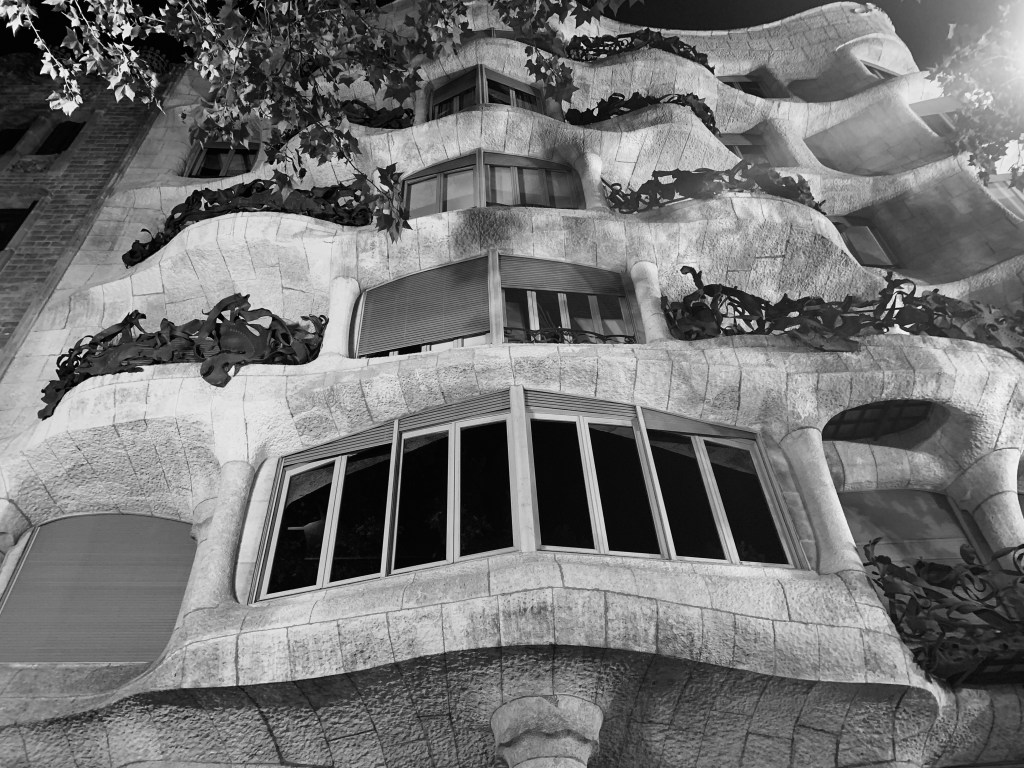
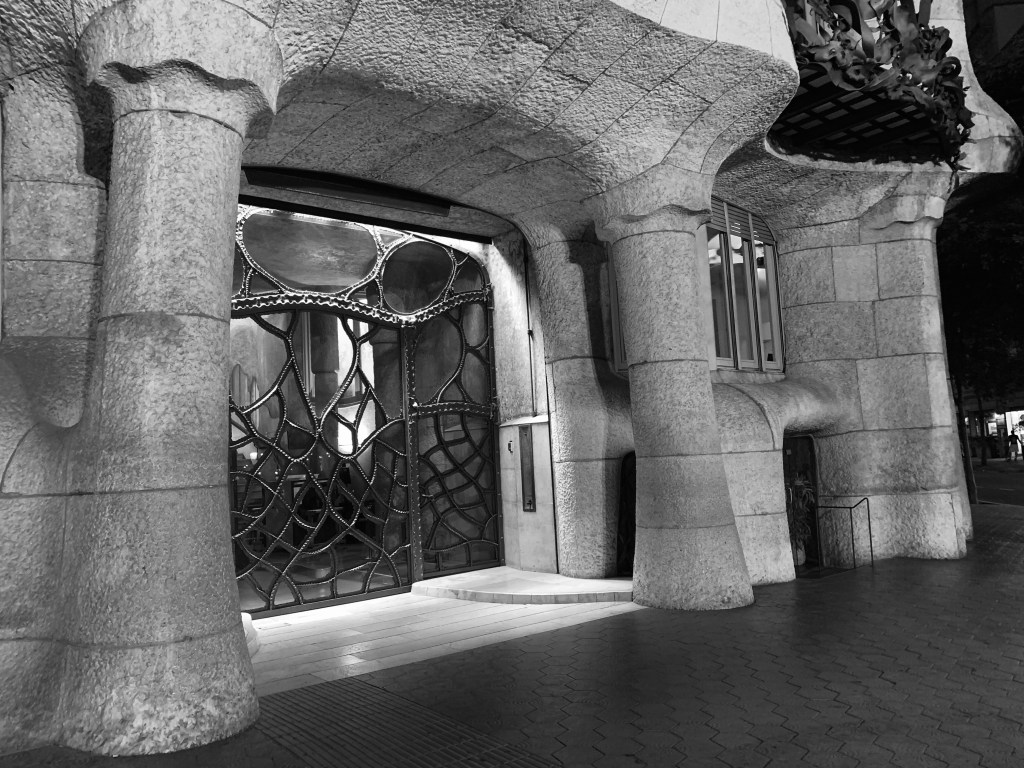
Crypto in the kitchen
Back in the 90s, Spanish chefs popularized deconstructed dishes, foams, spherification and other culinary cons. It was only the beginning, before cooking spawned reality shows and dedicated channels. You can now watch competing chefs sweating, hating and crying. Always in pursuit of the next big thing.
It’s morning and a celebrity chef stares bleary-eyed at a mirror. A half-shaven face stares back. Business is down. Customers are fleeing. There’s a new place across town where they’ve developed a technique for laminating comestibles. They pioneered laminated Algerian snippets. Now they’ve turned their sights on iberian prey — with fine herbs, no less! The chef’s eyes suddenly widen. Of course! The answer’s been under his nose this entire time! He dabs at the Gillette Foamy on his cheek. Touches it with his tongue. Immediately picks up his phone and barks: “Loic! In the test kitchen in an hour!”
Jagger at the cathedral
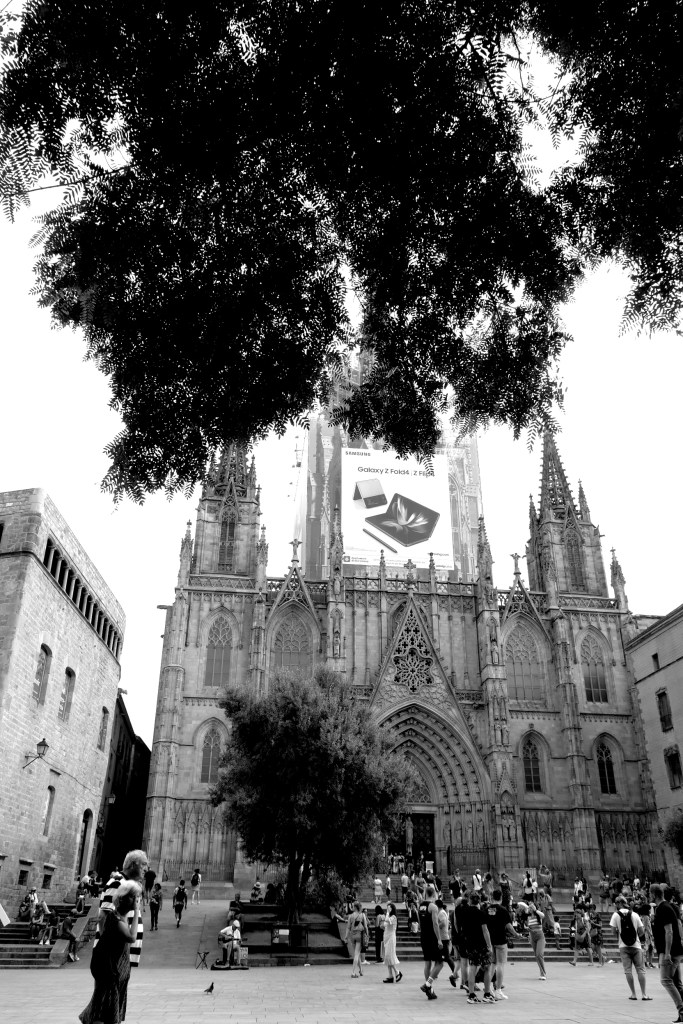
In Pla de la Seu, there were long low benches crowded with tourists, such as ourselves, where you can rest your tired feet and admire the Gothic Cathedral of Barcelona. The topmost part of the cathedral was obscured by a Samsung ad for a Galaxy Z Fold4. Questions crowded the mind.
The 15th-century cathedral is dedicated to Saint Eulália, one of the city’s patron saints. According to tradition, the young virgin suffered martyrdom during ancient times, when the Romans stripped her naked and exposed her in the public square. But a miraculous snowfall in mid-spring covered her nudity, to confound the Romans — but only for a while. Because the Romans then put her into a barrel with knives stuck into it and rolled it down a street — an early form of Cuisinart, if you will. The body of Saint Eulalia, or what was left of it, is entombed in the cathedral.
We sat and marvelled at the elegant tracery over the cathedral entrance, every loop rendered in stone. Over the sound of children playing and parents shouting and hawkers selling, an old man with a guitar was singing love songs in a warbly old-man’s vibrato. I watched a boy of about six bouncing a soccer ball with his feet and knees, the ball never once touching the ground. It was a thing to behold. After a full three minutes of this, the boy tapped a pass sideways with his heel. His little sister, all of four, muffed the pass. He glared at her with disdain. But then dad, with a cigarette clamped to his mouth and wearing a vintage Stones t-shirt, stepped in to play with both and keep the peace.
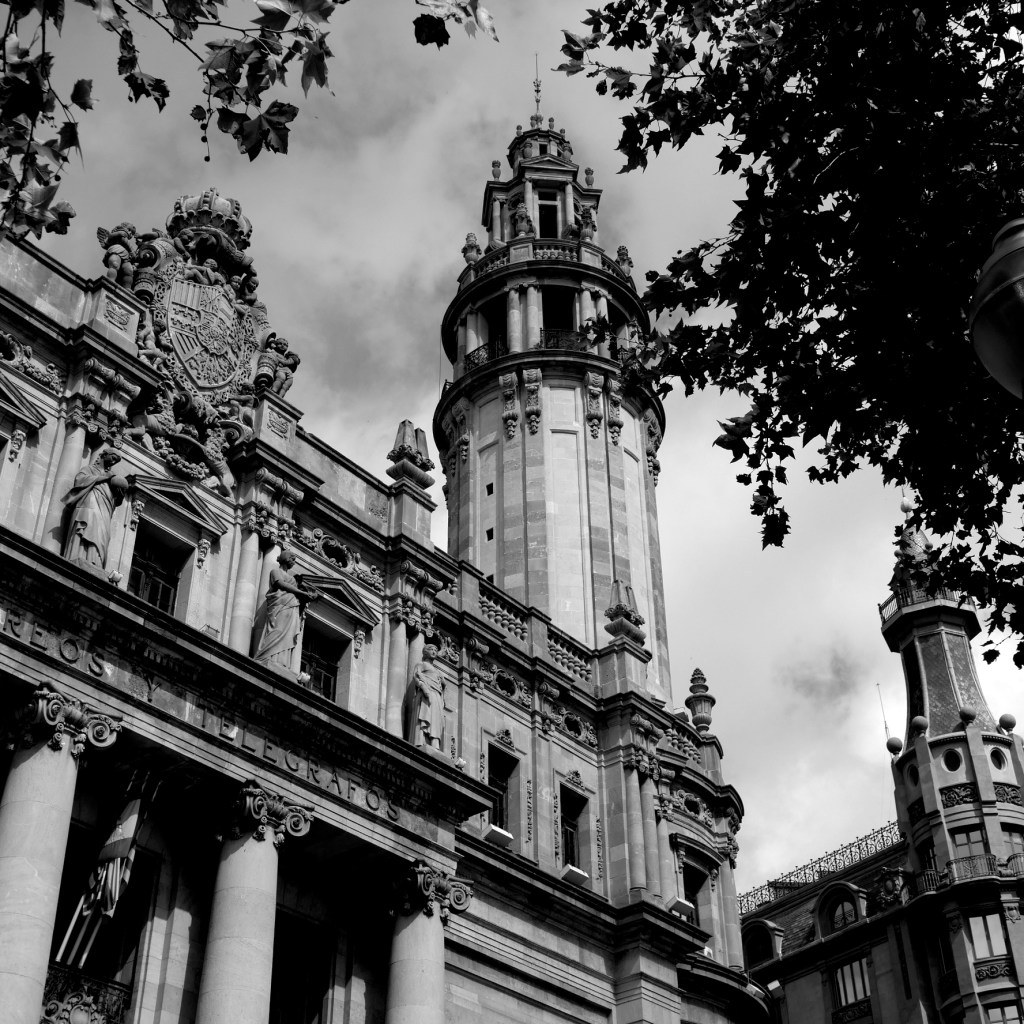

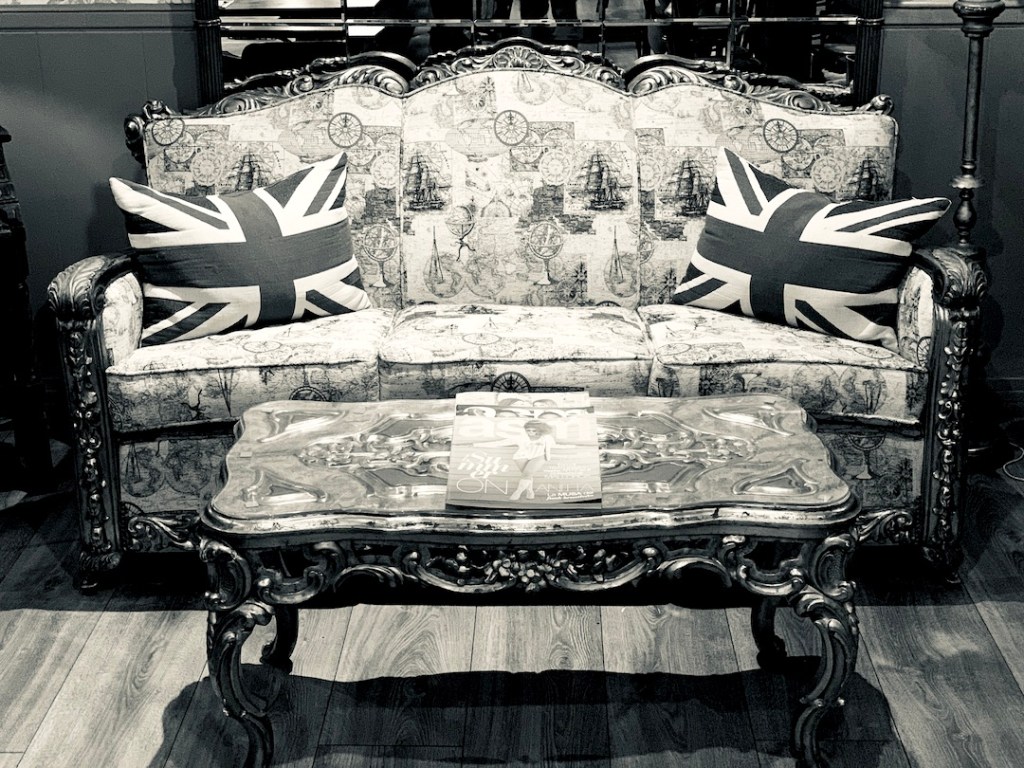
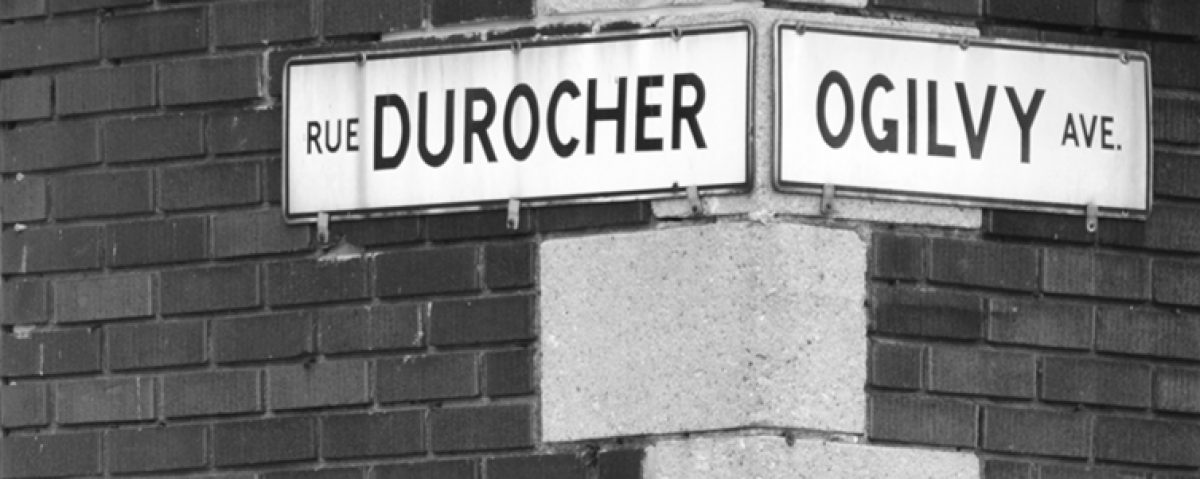
So, how was the laminated creature?
Terrific reportage Spyro. It reawakened my own memories of Barcelona! At that time there was a giant Corona billboard next to the Cathedral exclaiming “THIS IS LIVING.”
Towards the end of that trip we did a walk in the lower Pyrenees that took us past a waterfall wall (hard to explain) that was, apparently, the inspiration forge facade of Gaudi’s La Pedrera. No crowds there. Just us.
I’m so pleased to read your gems and see your photos again. So enjoyable, in every way!
LikeLike
Thanks, Alison. “This is living” indeed. You can’t come up with this shit.
LikeLike
P.S. The Laminated iberian was delicious, but we needed floss because iberians, as you know, get stuck in your teeth.
LikeLike